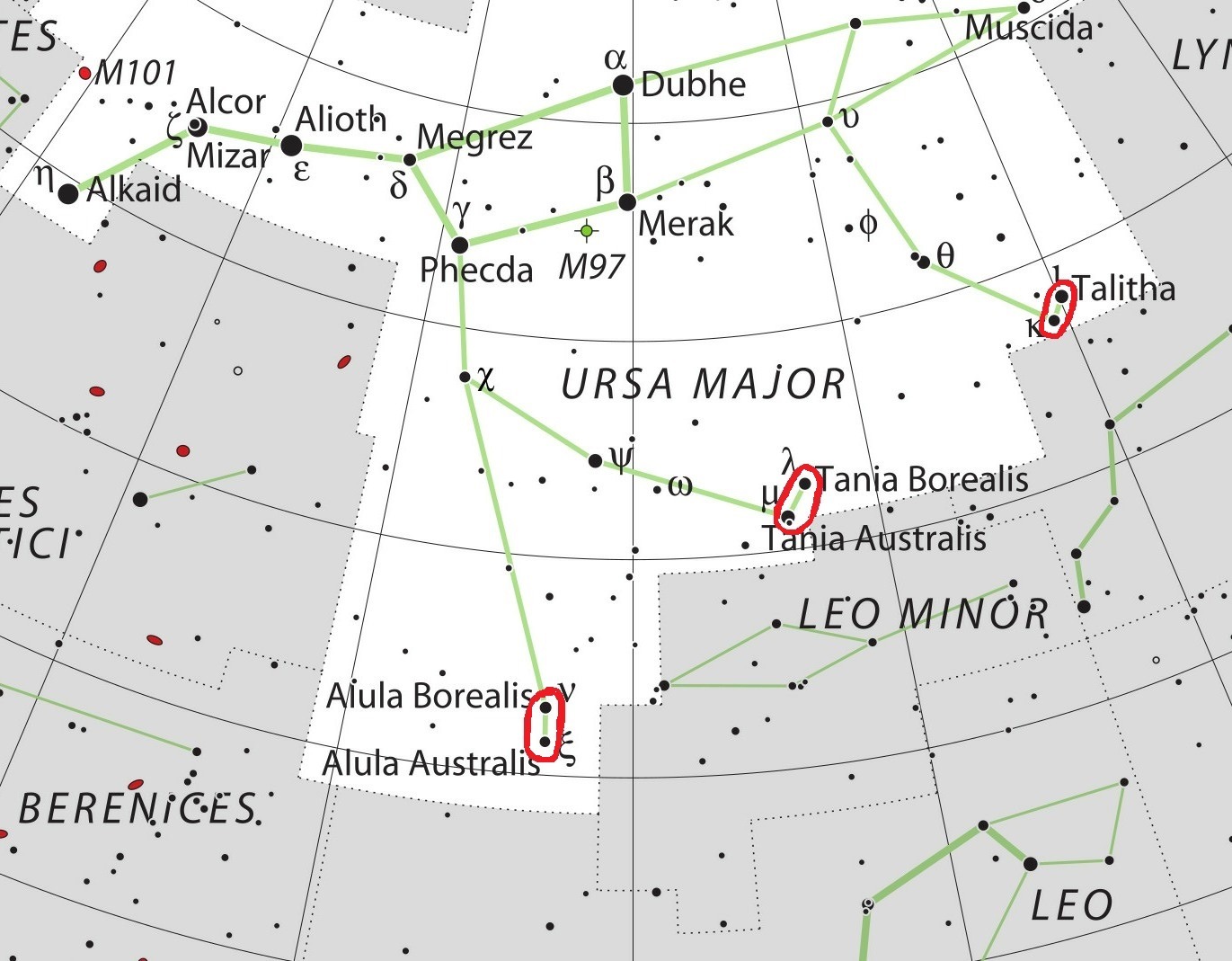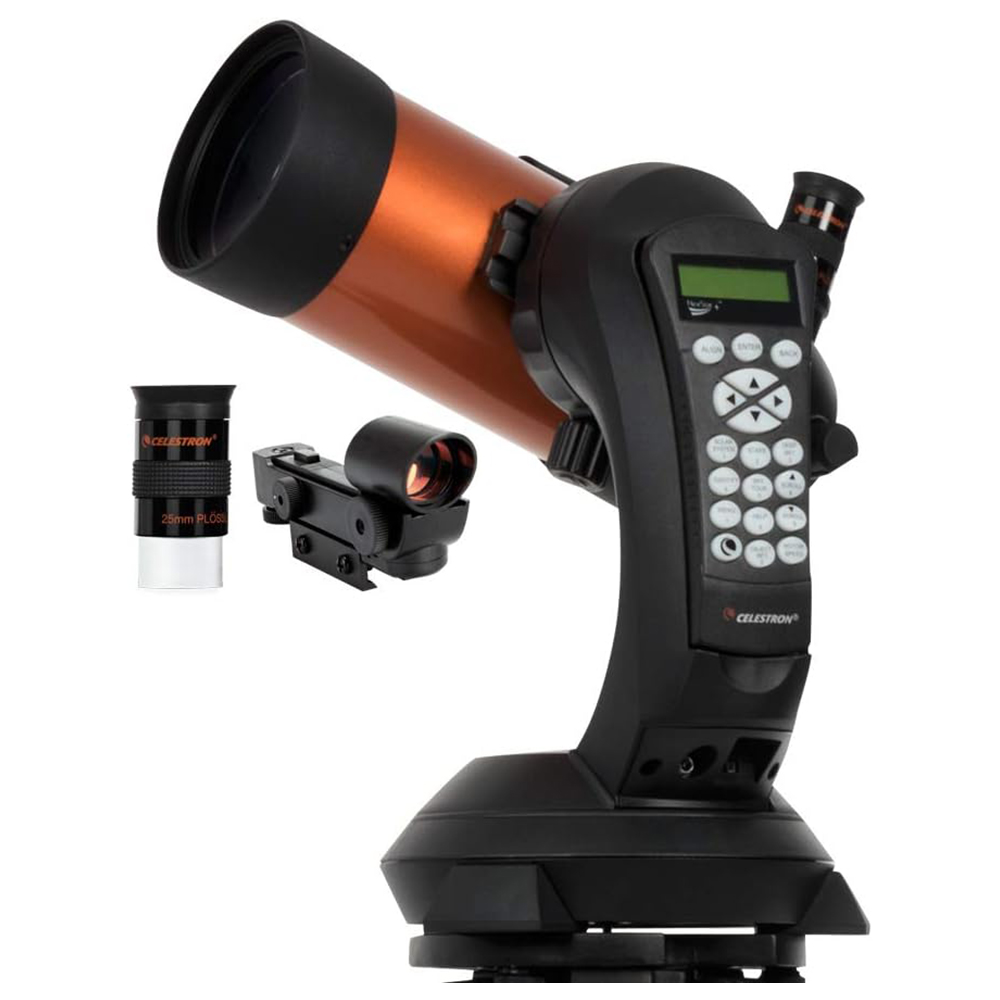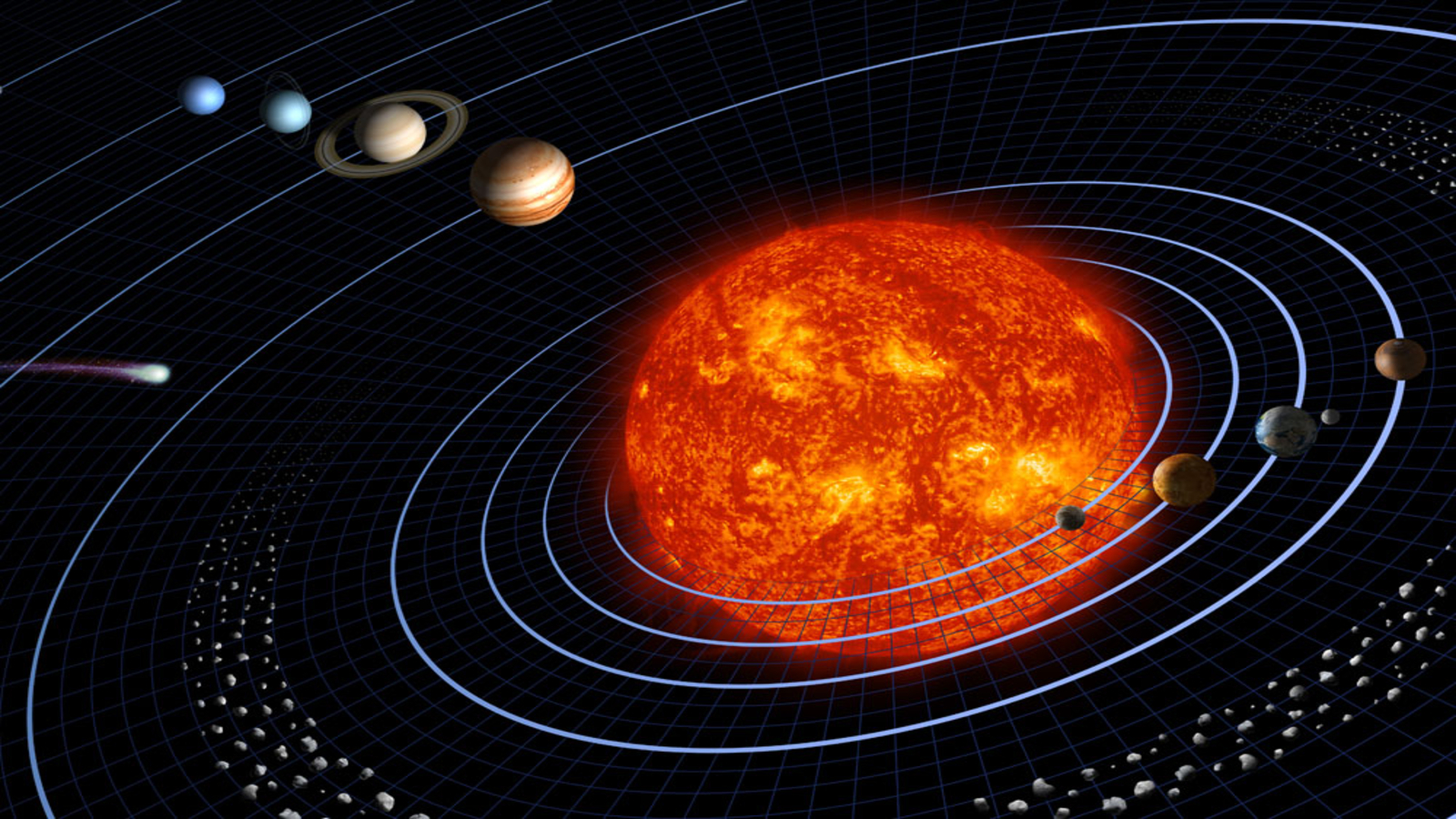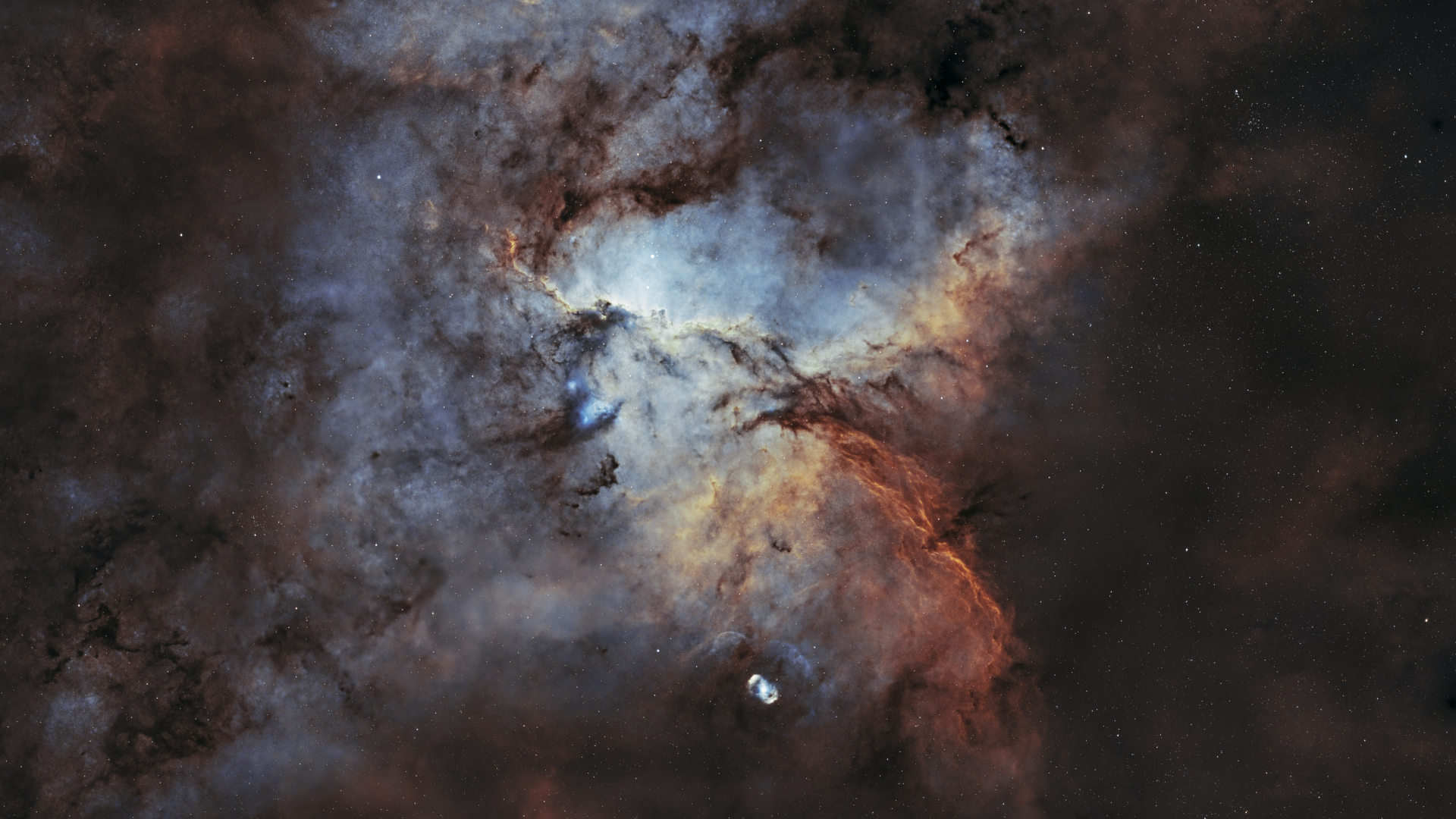How to see a celestial ‘gazelle’ cross the night sky close to the Big Dipper this week
With the constellation Ursa Major high in the sky, late April presents an ideal opportunity to spot the ‘Three Leaps of the Gazelle’ asterism – a set of three stellar pairings hanging below the Great Bear’s most famous feature: the seven stars of the Big Dipper.
The first mention of the Three Leaps of the Gazelle asterism was seemingly penned by the 13th century Arabic astronomer and mathematician Ulugh Beg, according to a 2021 post from the University of Arkansas at Little Rock. The three star pairings – an asterism named Kafzah al Thiba in Beg’s time – represent the glowing tracks made by a celestial gazelle that was spooked when the lion of the Leo constellation swished its tail, causing it to flee to safety.
Two of the three stellar pairings that mark the gazelle’s hoofprints have since been designated by the International Astronomical Union as the feet of the Great Bear represented by Ursa Major. The stars of the Three Leaps of the Gazelle Asterism are not particularly bright at magnitudes between +3 and +4, and so to spot them with the naked eye we’d recommend seeking out a dark sky free of the artificial light pollution found in large towns and cities.
In order to find the ancient Three Leaps of the Gazelle asterism you must first locate the Big Dipper, which is high in the sky in late April after sunset, close to your local zenith – the point in the sky directly above your head.
Then, locate the bright star Phecda in the bowl of the Big Dipper, along with the magnitude +3.33 star Coxa (also known as Chertan, or Theta Leonis) in the constellation Leo.
Roughly half way along that imaginary line you will find two points of light that represent the final ‘leap’ of the otherworldly gazelle, made up of the star Alula Borealis (Mag +3.63), and the spectroscopic binary Alula Australis (Mag +4).
Then trace a line from Alula Borealis – the star closer to the Big Dipper – to the bright star Capella in the constellation Auriga in the north western sky. Along this path you will find the second leap of the gazelle composed of the binary star system Tania Australis (Mag 3.14) and lone star Tania Borealis (Mag +3.45).
Next you will come across the first ‘hoofprints’ made from the stellar binaries of Kappa Ursae Majoris (Mag +3.56), also known as Alkaphrah, and Iota Ursae Majoris A (Mag +3.19), also known as Talitha.

TOP TELESCOPE PICK:

Want to see galaxies in the night sky? The Celestron NexStar 4SE is ideal for beginners wanting quality, reliable and quick views of celestial objects. For a more in-depth look at our Celestron NexStar 4SE review.
The latter two pairings are part of the constellation Ursa Major, and so are particularly easy to find with the help of stargazing apps like Stellarium, which can make use of augmented reality tech to reveal the shapes and constituent elements of constellations. Check out our roundup of the best stargazing apps available in 2025 to find the best fit for your needs.
Fancy checking out the stars of the Three Leaps of the Gazelle for yourself or exploring galaxies even further afield? Our guides for the best binoculars deals and the best telescope deals now can help you with that. Our guides on the best cameras for astrophotography and best lenses for astrophotography can also help you prepare to capture the next skywatching sight.
Source link






